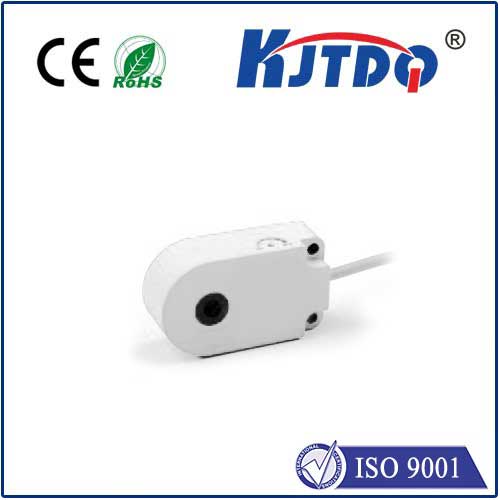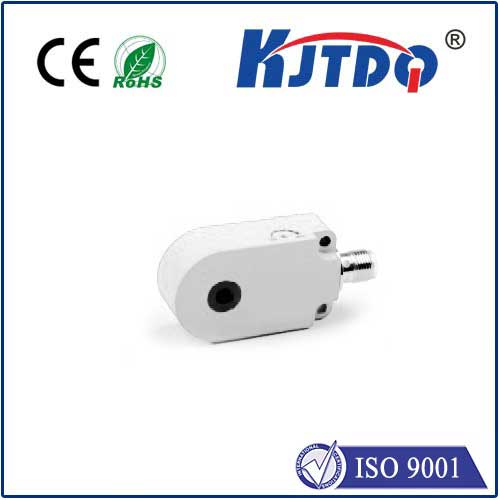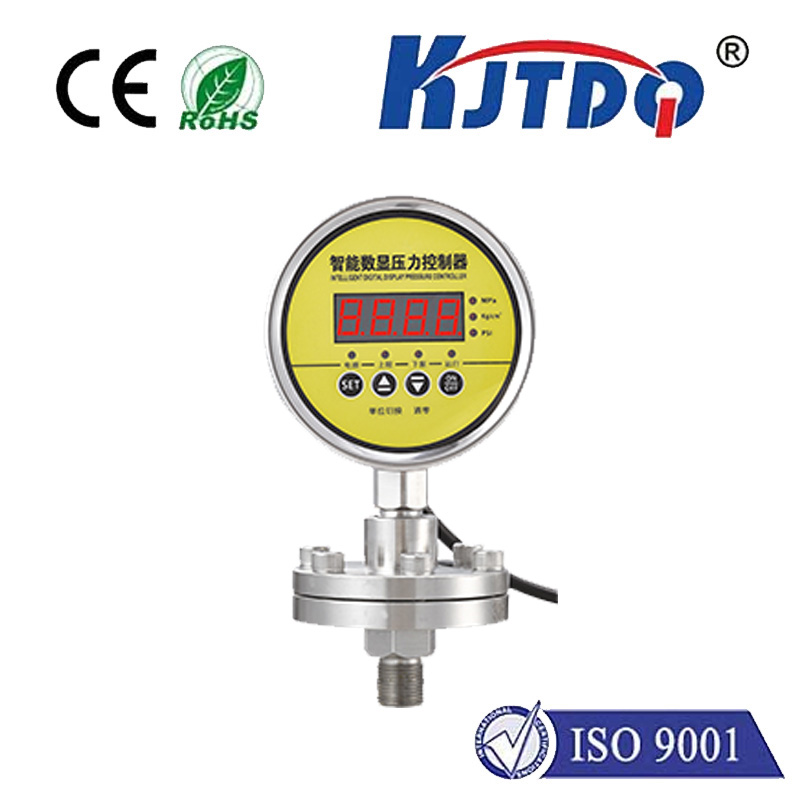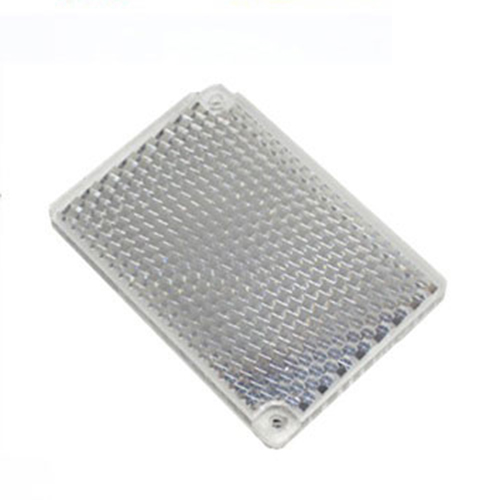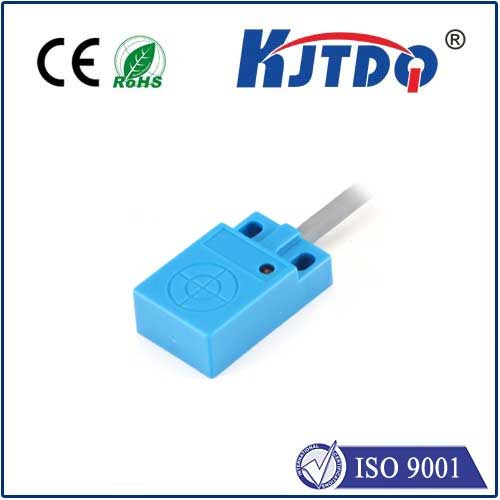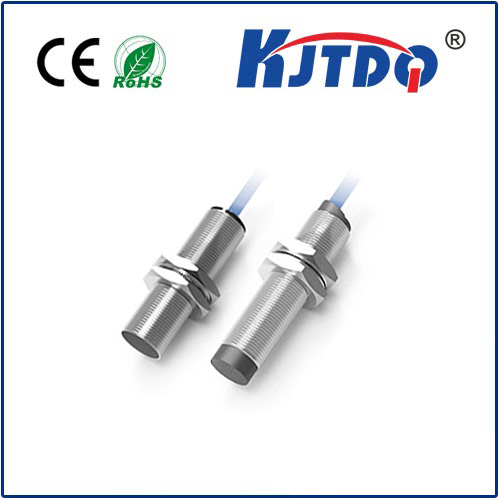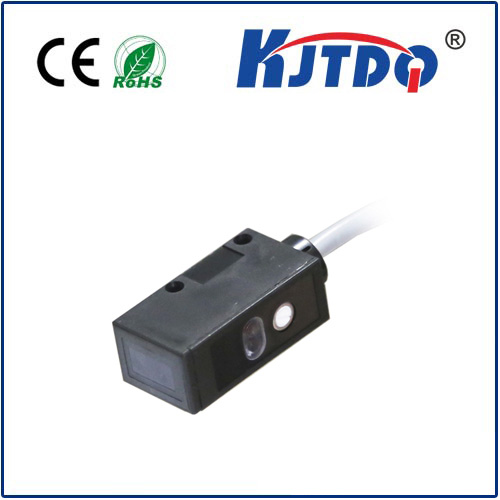

check

check

check

check

check

check

check

check

check

check
Retro Reflective Photoelectric Beam Sensor: The Past and Present of Light Sensing Technology
The development of sensor technology has revolutionized the way we interact with our environment. Among the numerous types of sensors available, the retro reflective photoelectric beam sensor stands out for its unique combination of simplicity and efficiency. In this article, we will delve into the history and current applications of this remarkable device.

Originating in the early days of electronics, the retro reflective photoelectric beam sensor was initially designed to detect the presence or absence of an object by bouncing light off it. This technology was first used in industrial settings, where it played a crucial role in ensuring worker safety by preventing machinery from operating when people were present. Over time, the technology evolved and found its way into other applications such as traffic monitoring and security systems.
Today, the retro reflective photoelectric beam sensor remains a popular choice for a variety of reasons. Its ability to work effectively in low-light conditions makes it ideal for use in dimly lit environments. Additionally, its simple design allows for easy installation and maintenance, making it a cost-effective solution for businesses looking to improve their operational efficiency.
One area where the retro reflective photoelectric beam sensor has seen significant growth is in the automotive industry. Car manufacturers use these sensors to detect obstacles on the road and alert drivers to potential hazards. By doing so, they help reduce accidents caused by driver distraction or fatigue, ultimately saving lives on the road.
Another field that has benefited from the advancements in retro reflective photoelectric beam sensor technology is retail. Stores have begun implementing these sensors at their entrances and exits to monitor customer traffic patterns. This data can then be analyzed to optimize store layouts and improve the overall shopping experience.
In conclusion, the retro reflective photoelectric beam sensor has come a long way since its inception. Its durability, simplicity, and adaptability make it an essential tool in various industries today. As technology continues to evolve, we can expect further advancements in this field that will lead to even more innovative applications of this versatile sensor.
